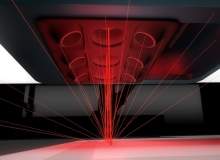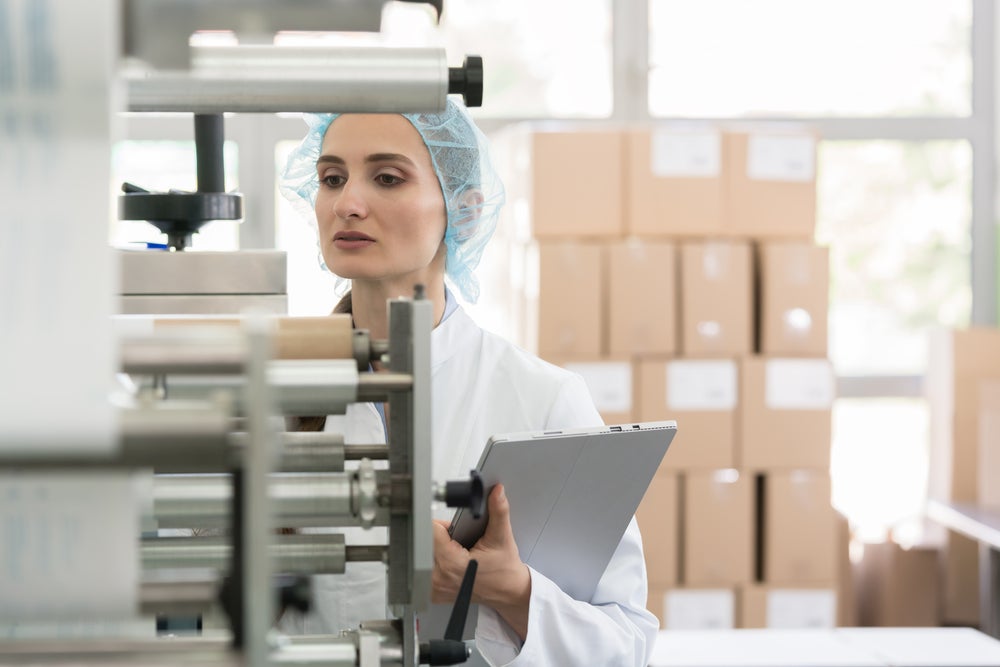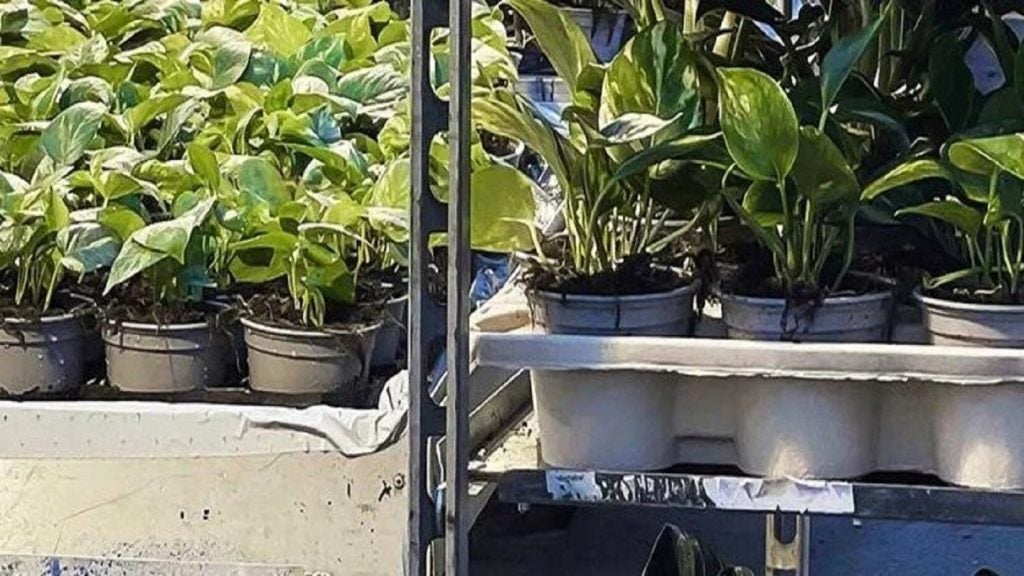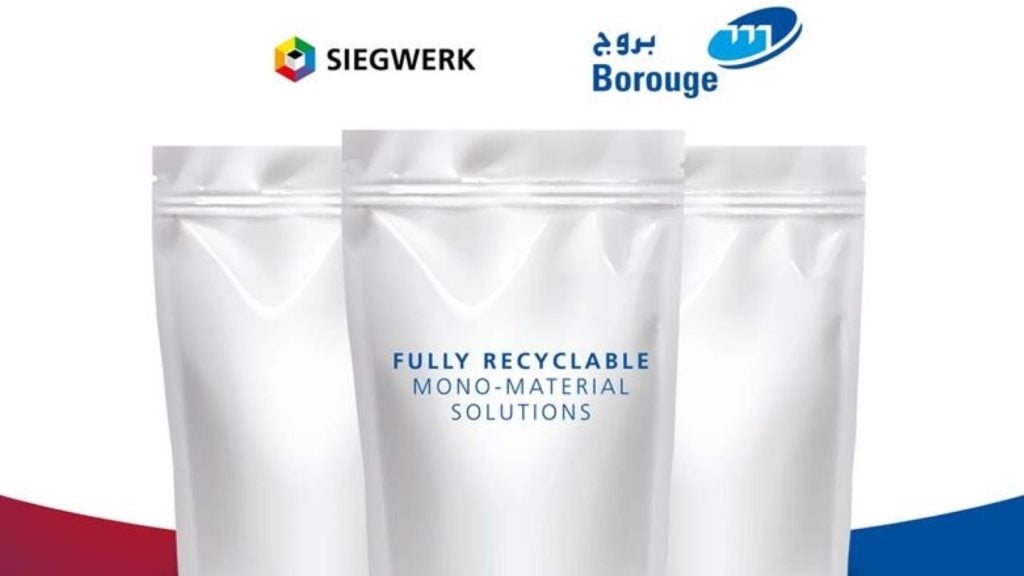
According to The International Anti-Counterfeiting Coalition, counterfeiting is a $600bn a year problem and the World Customs Organisation estimates that 5% to 7% of all goods traded on the global market are counterfeit.
However at last year’s Global Congress on Combating Counterfeiting and Piracy, the secretary general of the International Chamber of Commerce (ICC) Jean-Guy Carrier explained that new research showed the impact of this trade costs "more than $1 trillion in annual losses to global economies, governments and consumers".
A global problem
Although it can be seen that counterfeiting occurs worldwide, it is more prevalent in countries with less effective regulatory systems and market controls.
The BCC report shows that wealthy regions, such as North America and the European Union, along with parts of the Asia-Pacific, report fewer incidents than those in Africa, parts of Asia and Latin America.
For companies that can supply anti-counterfeiting technology there is big business to be made. According to a report from BCC Research, global sales of anti-counterfeiting packaging technologies to the drug and food industries amounted to $59bn in 2009, with authentication packaging technologies with just more than 50% of the market share.
See Also:
Packaging companies offer a range of anti-counterfeit solutions, such as holograms, inks and dyes, taggants, watermarks and track and trace technologies that use 2D barcoding, RFID and near field vommunication (NFC) technology.
How well do you really know your competitors?
Access the most comprehensive Company Profiles on the market, powered by GlobalData. Save hours of research. Gain competitive edge.

Thank you!
Your download email will arrive shortly
Not ready to buy yet? Download a free sample
We are confident about the unique quality of our Company Profiles. However, we want you to make the most beneficial decision for your business, so we offer a free sample that you can download by submitting the below form
By GlobalDataThe cost of applying an anti-counterfeiting technique can vary greatly depending on the method chosen, so it needs to be decided upon with the value of the product in mind.
"Every product needs to be considered on a case by case basis," said James Baker, a senior engineer at the Cambridge Design Partnership. "You have to balance the cost of the security measure against the value of the product you are trying to protect. That’s very important to consider."
At the lower end of the market, holograms and inks and dyes are a relatively inexpensive way to apply security to a large volume of goods.
Hologram protection
"The intrinsic features of holograms mean the techniques and visual effects make it difficult to 100% accurately copy an authentic hologram," wrote Ian Lancaster, general secretary of the International Hologram Manufacturers Association, in Holograms: The First Line of Defense in the War on Counterfeiting.
However, the well-known case of anti-malarial treatment Artesunate shows where its weakness lies – back in June 2011 this product was again the victim of counterfeiters.
According to Lancaster more than half of the sales of this drug in southeast Asia are counterfeit, despite the blister pack incorporating a hologram.
He says the problem is the low literacy of the region, high poverty and poor drug regulation, "where medicines are sold in street markets and non-specialist shops" meaning "buyers and users of Artesunate see a hologram and think this means the medicine is genuine".
Lancaster explains that the role of the hologram is to act as an effective detection device so the trained eye can tell the difference between a genuine hologram and a fake.
"Holograms can be extraordinarily cheap in high volume and are difficult to reproduce," said Baker. "In high volumes (millions) holograms are fractions of pence, but the set up costs are comparatively high."
Fluorescent labels – a chemical strategy
A low cost anti-counterfeit technology which Cambridge Design Partnership has recently been working on is the production of florescent labels, which are mainly used to protect FMCG products.
"We’re adding a florescent chemical to product, via a sticky label, ink or some other carrier mechanism," he said.
"When you stimulate it with a certain wavelength of light, say blue or UV, it will fluoresce at a different wavelength from that stimulation, so it might emit red light at a very specific frequency to that chemical.
When you fire light at your label it will glow back at you at a much lower level with a different colour, which you can measure."
Baker explains that this type of method can be increasingly complex by selecting a number of different florescent chemicals which glow at different wavelengths.
"So if you were to mix those in different ratios you’ve made something that’s quite difficult to reproduce," he said, adding the cost per label can be very low, just fractions of pence, and that this technology is ideal for an automated reader style of product verification.
While he admitted this kind of technology can be extremely secure, he said there is a motto in the security industry that runs along the lines of: "Everything can be cracked, it’s just a matter of how much money you want to throw at it".
Laser surface authentication
As a security professional, this is a statement that Andrew Gilbert, Ingenia Technology’s business development director, generally concurs with, except, perhaps in the case of the new laser surface authentication (LSA) technology that Ingenia has developed.
"It is always difficult to state that a technology is impossible to counterfeit, but LSA is impossible, or near to impossible – a genuine manufacturer cannot make two cartons or products exactly the same."
The technology, as the name suggests, is laser based. "We shine a low-powered laser over the surface of the material, either the packaging or the product itself, and from the way the light is reflected using various algorithms we form a code that is unique to that one product," said Gilbert.
"So by changing nothing, we simply scan the surface, and form a unique code that’s entered into a database. So we may have many thousands or millions of products that are identical, but we can identify each and every single one."
Ingenia works in a range of markets, including luxury goods, pharmaceuticals and medical devices, as the technology is very flexible.
"The scanning works well for metals, ceramics and plastic materials, as well as paper," said Gilbert, who is not able to divulge who the company’s clients are – apart from one, Cartondruck, a large German carton producer, particularly for fragrance and cosmetics manufacturers.
"Conventional codes tend to be cut off by criminal distributors, but with our technology there is nothing to remove, so it’s very powerful," said Gilbert.
NFC secure tags
Another powerful technology which has been developed by Inside Secure to protect luxury items uses near field communication (NFC technology) so products can be identified through the use of a simple smart phone, both offline and online. The VaultIC 150 is a compact turnkey NFC-based security solution.
David Richetto, the marketing manager for embedded security products at Inside Secure believes there is "nothing on the market that could crack this technology".
The technology – secure tags with an NFC interface – that the company has developed to authenticate luxury products such as handbags, watches and shoes has been developed from the same technology they use for high tech products, with the interface modified.
For the high tech market the chips are 2 x 3 square millimetres and use the Elliptic Curve Digital Signature Algorithm (ECDSA). The tags with the wireless NFC interface have a range of several centimetres and are available in different antenna form factors. As a result it can be deeply embedded into the product and does not leave a trace.
"The cost of this kind of secure tag will vary depending on the form factor or the volume of tags," said Richetto.
"Clearly we are addressing the luxury market to protect, say, a famous wine bottle, as this is a high level security product. It just cannot be compared to an RFID product without storage available or a serial number."






